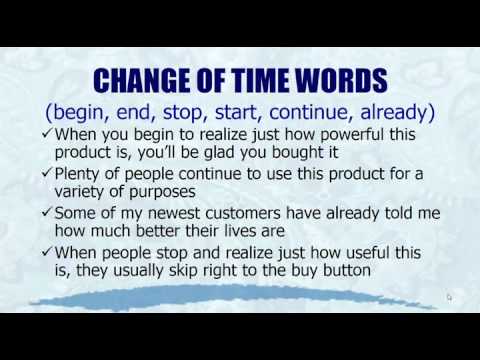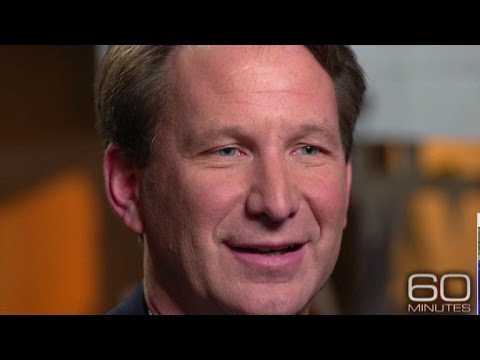The technical name of these is “linguistic presuppositions.” They were first
uncovered by Richard Bandler and John Grinder in their groundbreaking book,
“The Structure of Magic.” This basically kicked off NLP.
It’s largely based on Transformational Grammar, a kind of grammar devised by
Noam Chomsky in the 50’s. Chomsky is generally considered the top grammar
scholar who ever lived.
Even guys with PhD’s in Linguistics have trouble understanding Chomsky’s stuff.
Crack open one of his books and you’ll think you’re looking at some kind of circuit
diagram. But they’re actually grammar diagrams and how they’re processed by the
brain.
One of the great things about these patterns is that few people know about these,
and fewer still know how to use them. That puts you at an advantage.
A huge advantage.
While there are more than the ones listed below, these are the ones best suited for
selling in text and in video scripts.
You’ll find they easily lend themselves to loading up your sales pages with
powerful feelings of social proof, authority, and benefits.
Tips: Avoid long sentences. Avoid using more than two pattern sentences in a row.
One or two pattern sentences followed by a few regular sentences is good idea.
Alternate between implying social proof, authority and your product’s benefits.
Quantifiers
(Each, Every, Some, Few, Many, None, All)
Generic Noun Phrases
(Noun phrase is any word or combination of words that would be classified as a
noun)
Relative Clauses
(Statements that have a noun followed by a phrase beginning with Who, Which,
or That)
Subordinate Clause of Time
(Before, After, During, As, Since, While, Yet, Prior, Now Again)
Cleft Sentences
(Sentences starting with IT IS or IT WAS)
Pseudo Cleft Sentences
(What [sentence] is [sentence])
Complex Adjectives
(New, Old, Former, Present, Previous)
….etc
language
1376849808
2013-08-18 18:16:48
25:45
UC96DR16R9v37KeDJxO9mBKQ
dipta aditya
273
5
source



